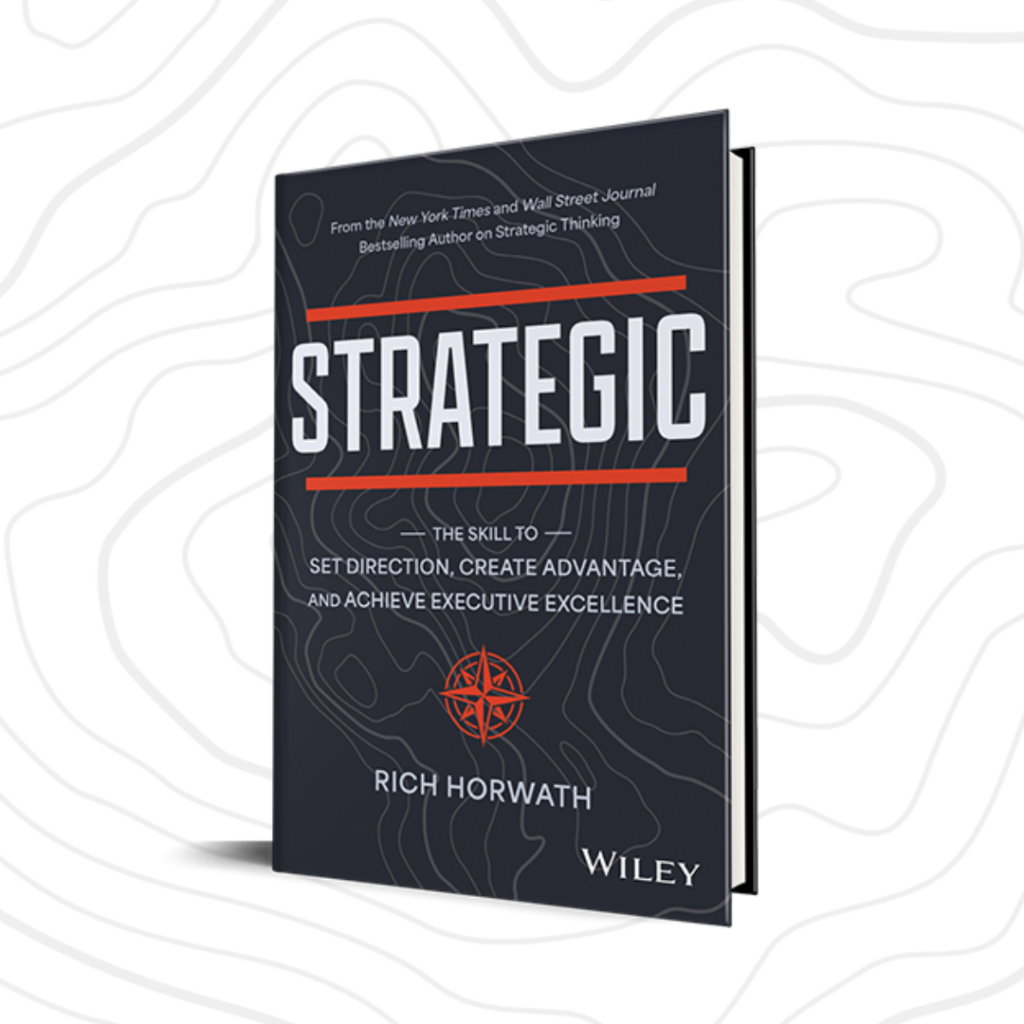“Nature uses only the longest threads to weave her patterns, so that each small piece of her fabric reveals the organization of the entire tapestry.”
Richard Feynman, American Theoretical Physicist
The earliest forms of navigation took place on land and sea and enabled people to move on, over, or through an intended course. Inherently, navigation is shaped by flow. Flow is to move along or circulate. Anything that inhibits flow, in turn inhibits navigation, which prevents the movement from here to there.
The recurring patterns in nature, including neural networks, trees, lightning bolts, circulatory systems, and tributaries, all follow the constructal law of organization which states: “For a flow system to persist in time it must evolve in such a way that it provides easier access to its currents. From the maple tree on your front lawn to the organizational structure of your company, all structures evolve to facilitate the movement of the things that flow through them. As Adrian Bejan, professor of Mechanical Engineering at Duke University and author of the constructal law writes: “Life is movement, and all movement is physics. It’s about moving stuff from here to there. The constructal law observes the natural tendency of everything to evolve freely to keep moving. When the movement stops, whether it’s a human being or a dried riverbed, it is ‘dead,’ according to thermodynamics.”

Thinking of your business through the lens of the constructal law can be instructive. Is your organization, division, function, and team structured in a way which facilitates the free flow of conversations, ideas, input, and strategies, or is it a dry riverbed? Here is a brief overview of the most common types of organizational structures:
Hierarchical: A pyramid shape in which decisions and assignments are typically made top down by leaders to their direct reports and other employees.
Functional: Employees are grouped according to their competencies and capabilities as represented by functional areas that are independently managed and led from the top down.
Horizontal: A flat shape with minimal layers between the executive leadership team and other employees providing a decentralized approach to decision making and responsibilities.
Divisional: Separate entities that operate independently of other divisions within the parent company and control their own resources along with their own functional teams. Typically divisions are separated based on geography, product, or markets.
Matrix: Characterized by dual or multiple chains of command (responsibilities and accountabilities), typically along product, client, project, geographic, or functional lines.
Network: Based on grouping employees, vendors, satellite locations, and other players by common relationships.
Team: Grouping of employees with varying competencies and capabilities for continual collaboration around clients, problem solving, or projects.
Ask yourself the following five questions about your organization:
- What channels do we have for insights to flow across the organization?
- How could we enhance the sharing and use of insights across the organization?
- What internal challenges do we have with our structure, systems, and processes?
- What 2-3 things need to change within the structure, systems, and processes?
- How would you like to see the org structure evolve in the next year?
When we organize our company, group, or team, we’re doing so to provide clarity to all involved on where decisions are made, where accountability resides, where collaboration is beneficial, and where capabilities create value. When there is a universal understanding of these four foundational components, an organization can benefit from and promote the movement and flow of insights and solutions across the business.
How do you navigate your business from complexity to clarity?
Be Strategic.

My new book Strategic will be published on November 7th, 2023. In it, I share an incisive roadmap to help leaders at all levels think, plan, and act strategically on a daily basis to navigate every business challenge they face. The book offers business leaders a proven framework―the Strategic Fitness System―containing dozens of tools, techniques, and checklists to confidently master every area of the business, from designing market-winning strategies to shaping the organization’s culture.
When you have the knowledge, tools, and skills to navigate your business, it produces both competence and confidence. How do you acquire, maintain, and grow the ability to successfully navigate your business, moving from your current position, over and through obstacles, to reach your goals? Be Strategic.
Learn more and preorder the book here: https://www.strategic-book.com/
*if you would like to preorder a bulk quantity (more than 10 books) please email [email protected] to learn about our custom packages.
